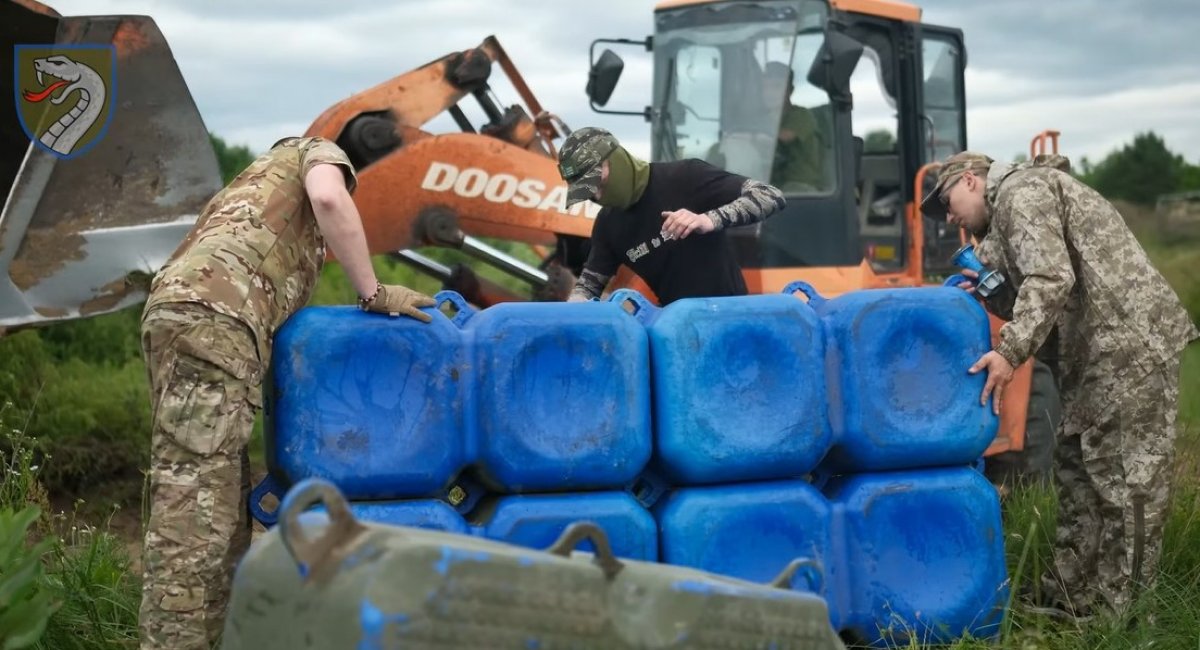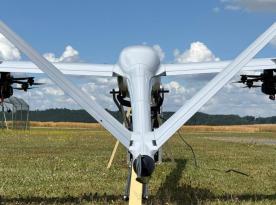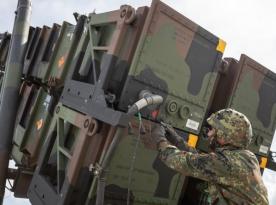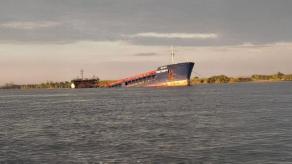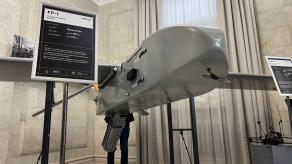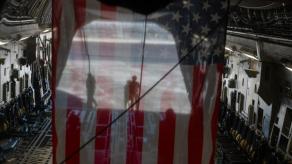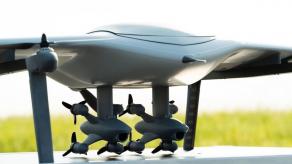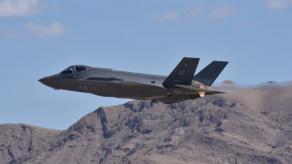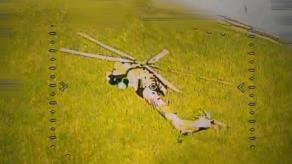The 61st Separate Mechanized Steppe Brigade reports that the pontoons have already proven their effectiveness on multiple sections of the front line. According to the engineers, the system can be assembled and deployed in as little as 15 minutes.
"Mobility, rapid deployment, and structural reliability help our units stay one step ahead of the enemy," the brigade stated.
Read more: France 3D-Prints Bunkers, Germany Builds Trenches Like Lego in Fortification Tech Push
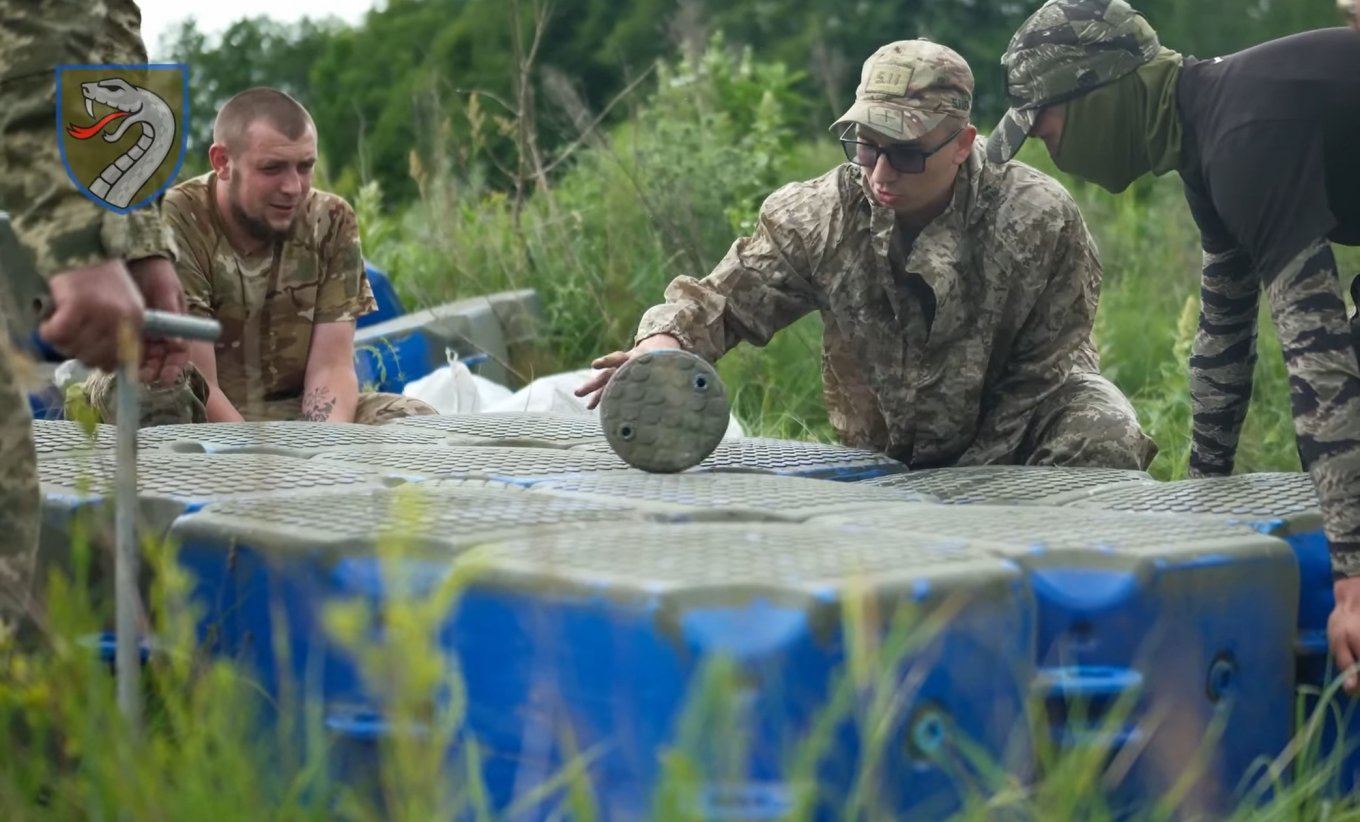
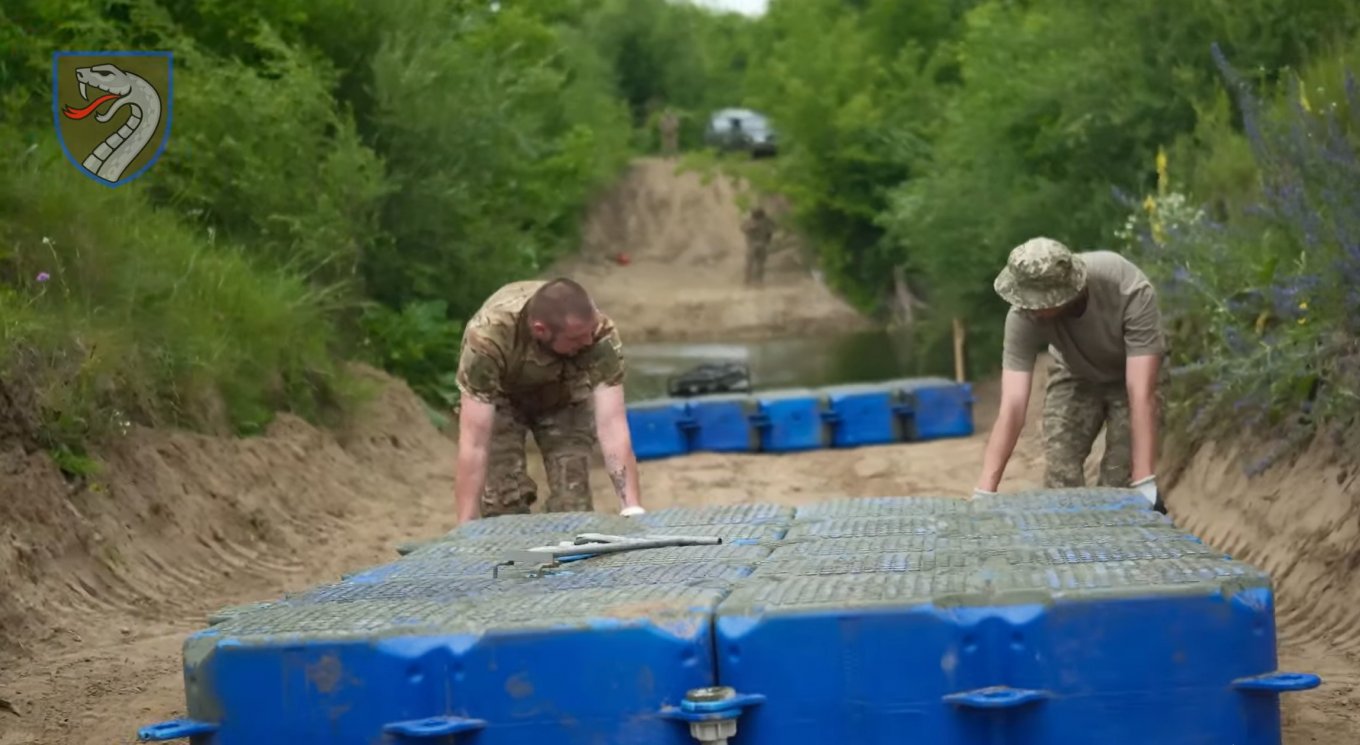
The engineers first tested the plastic pontoons during the Kursk operation. The system is designed to carry infantry and light vehicles, with a wooden deck added on top to support vehicle traffic.
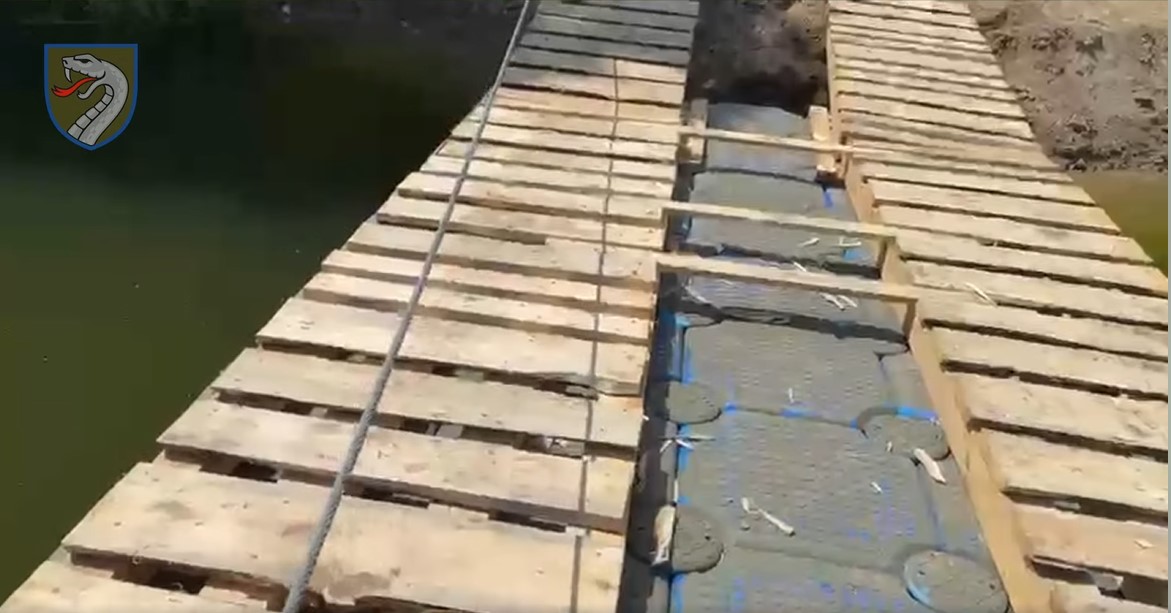
"The design is highly flexible — it can be assembled to any required length or width. Our longest crossing so far spans 30 meters," the brigade’s engineers noted.
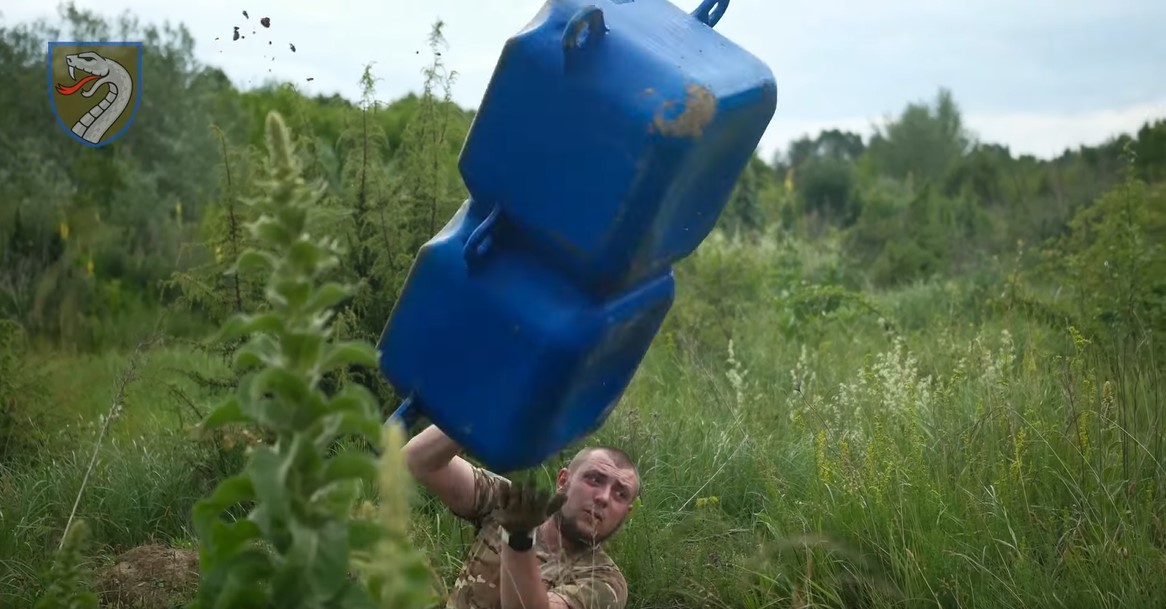
The pontoons are manufactured by a Ukrainian company specializing in floating platforms.
"Our systems are designed to function in any region or weather conditions. They are easy to deploy on any body of water," the manufacturer explained.
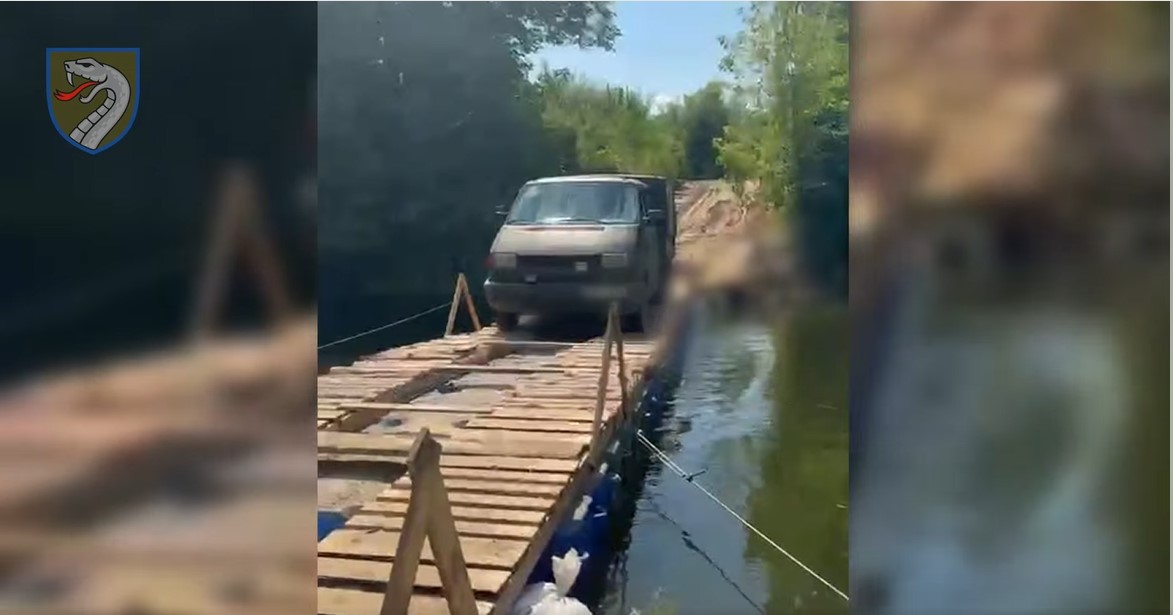
The cubes are built to withstand strong currents, do not freeze into ice, and remain unaffected by tides or water level fluctuations. Thanks to modular connectors, damaged sections can be replaced quickly, and the crossing’s configuration can be easily adapted to changing needs on the battlefield.
Read more: How Ukrainian TM-2025 Mine Combines Innovation, 3D Printing to Counter russian Armour




